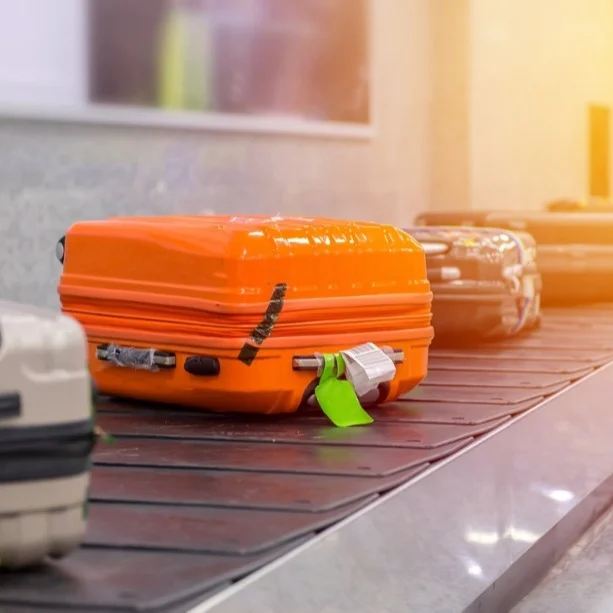Real-time location system (RTLS) solutions are becoming more popular in a number of industries, as they’re relatively simple to integrate and have major advantages where cost and efficiency are concerned. (Take a look at this article to learn about the benefits and considerations of the top RTLS technologies.)
While RTLS has become popular in a number of industries—including healthcare, construction, manufacturing, and agriculture—it’s also gaining a lot of traction in transportation hubs. It allows airports, bus and subway stops, train stations, and ferry slips to decrease the time it takes to locate assets. It also increases accountability since it allows you to know immediately where things and people are.
Below, we’ll walk through 18 RTLS use cases you may consider implementing in a transportation hub.
18 RTLS Use Cases In Transportation Hubs
Identify & Track Equipment
- Trace the whereabouts of a specific piece of cargo.
- Monitor the bulk movement of large lots of pallets or boxes.
- Ensure that all shipping crates have made it onto a barge.
- Verify the movements of a critical piece of cargo in a warehouse.
- Trace luggage as it moves through an airport.
- Confirm the whereabouts of a fixed piece of equipment (i.e., a forklift) or a moving piece of equipment (i.e., a luggage trolley).
- Certify that regulatory requirements are met through asset chain of custody.
- Analyze data for insufficiencies in order to optimize the flow of equipment or high-value assets.
Monitor Quality Of Goods
- Ensure that temperature-sensitive cargo isn’t moved to a place where it would overheat or spoil.
- Know precisely where sensitive cargo is located in case an external situation creates a hazardous scenario and needs to be relocated.
- Track instances where the quality of goods has been spoiled to identify and fix the issues.
- Add cold-chain monitoring to your RTLS solution to create a more robust solution.
Enhance Risk Management Practices
- Monitor the whereabouts of a vehicle driver or operator in addition to the vehicle itself.
- Put anti-theft measures in place to protect high-value assets on a property.
- Incorporate RTLS into ID or visitor badges to monitor the whereabouts of employees or third parties.
- Mitigate compromising or hazardous situations by receiving alerts when an individual or asset breaches the perimeter it's given.
- Lower the risk that a contractor purposefully or accidentally takes equipment off property without permission.
- Optimize the quickest and safest routes for assets or individuals to take while on the premises.
Ready to integrate location in your transport solution?
If you’re looking at implementing any number of the RTLS use cases listed above (or something entirely separate), we’d love to discuss it with you.





